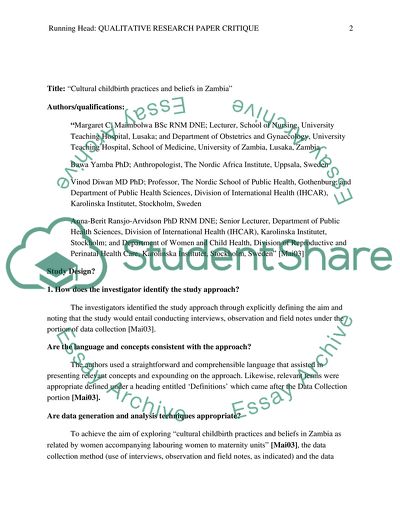Cite this document
(“Qualitative Research Paper Critique Example | Topics and Well Written Essays - 1250 words”, n.d.)
Retrieved from https://studentshare.org/nursing/1602903-qualitative-research-paper-critique
Retrieved from https://studentshare.org/nursing/1602903-qualitative-research-paper-critique
(Qualitative Research Paper Critique Example | Topics and Well Written Essays - 1250 Words)
https://studentshare.org/nursing/1602903-qualitative-research-paper-critique.
https://studentshare.org/nursing/1602903-qualitative-research-paper-critique.
“Qualitative Research Paper Critique Example | Topics and Well Written Essays - 1250 Words”, n.d. https://studentshare.org/nursing/1602903-qualitative-research-paper-critique.


